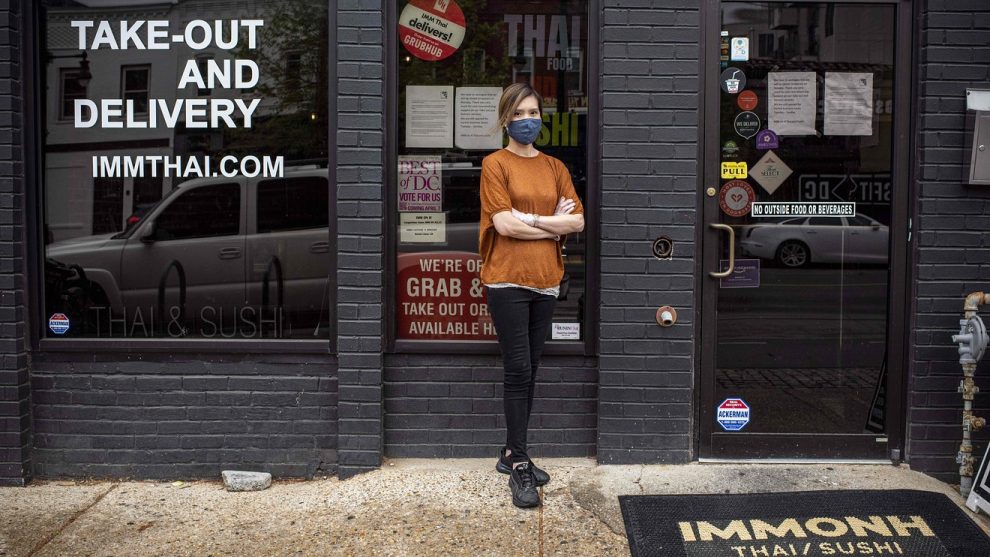
The numbers: Nearly 3 million people applied for unemployment compensation last week after losing their jobs in the coronavirus crisis, but a historic wave of layoffs is likely to continue to abate as states take the first halting steps toward reopening their economies.
Initial jobless claims increased by 2.98 million in the week of May 3 to May 9, marking the eighth week in a row in which they’ve risen by about 3 million or more.
More than 36 million people have applied for jobless benefits since the pandemic struck two months ago, including self-employed workers and independent contractors made eligible for the very first time under a federal relief program.
Some 33 million have applied under existing state unemployment laws while an additional 3 million have filed claims under the federal government’s Pandemic Unemployment Assistance Program. These figures are unadjusted, reflecting the actual number of claims processed.
Not all of these employees are still out of work. Some have been called back to their jobs in indusdtries deemed essential. Others have returned to their jobs as many states reopen parts of their economies, particularly in less populated areas where the coronavirus is mostly absent.
Yet the unemployment rate has likely reached 20% unofficially, goverrnment data suggest, and it’s likely to rise again in May.
Read:The record number of people applying for jobless benefits is even worse than it looks
What happened: The mind-numbing torrent of layoffs has tapered off from a pandemic peak of 6.9 million at the end of March, but the economy cannot afford to keep losing a few million jobs a week. Many states are trying to reignite their economies, but so far it’s been slow going.
Last week the states of Florida, California, Georgia, Texas and New York reported the most new jobless claims, according to the Labor Department.
Lots of states are still underreporting new claims, however, because of antiquated computer systems and small staffs that have been unable to handle the crush of applications. It may be some weeks before they are all caught up.
As of May 2, roughly two-thirds of the all the people who’ve filed new claims during the pandemic have been approved fore benefits. These so-called jobless claims rose to an unadjusted 22 million from 18 million in the last week of April. Continuing claims are reported with a one-week lag.
The true number of people who are out of work, however, is still not known. Last week the government said 20.5 million workers lost their jobs in April, but the number is almost certainly higher.
Before the viral outbreak, new jobless claims were in the low 200,000s each week and stood near a 50-year low. Only about 1.7 million Americans were collecting benefits and the unemployment rate was at a half-century low of 3.5%.
Read: Expanded unemployment benefits: Who qualifies, how to apply
The big picture: The economy appears to be close to bottoming out, but it’s faces a long road back to recovery despite trillions of dollars in federal spending to cushion the blow.
Millions of jobs thought to be temporarily at risk might end up permanently destroyed, retarding any economic rebound. And as long as the coronavirus replicates and resists treatment the economy cannot return to its old patterns.
Read: Why the economy’s recovery from the coronavirus is likely to be long and painful
Market reaction: The Dow Jones Industrial Average DJIA, -2.17% and S&P 500 SPX, -1.74% were set to lower in Thursday trades.
Stocks have been creeping higher in the past few weeks as states move to reopen their economies, but they fell on Wednesday after Federal Reserve Chairman Jerome Powell offered a bleaker outlook on how long it will take.











Add Comment